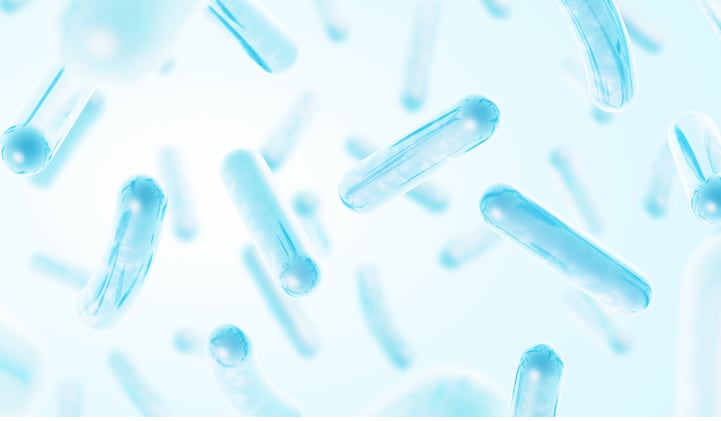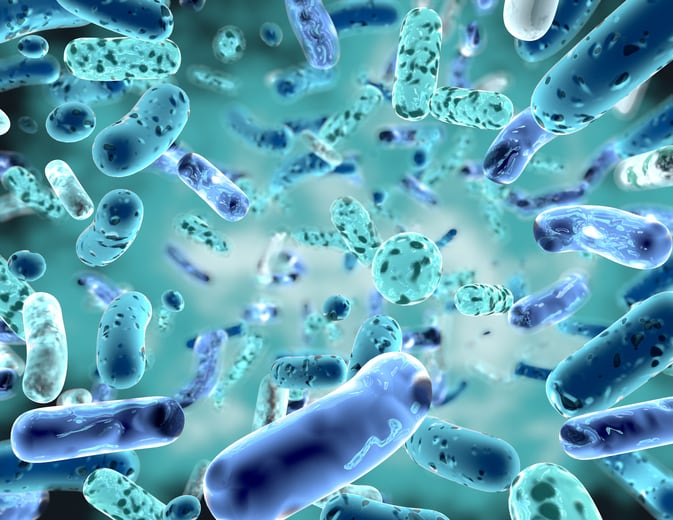Probiotic strains containing LAB, especially those from the genera Lactobacillus and Bifidobacterium have exhibited several health-promoting effects and are successfully commercialised.
The study, published in Gut Microbes, said that LAB probiotic strains exhibit antioxidant capabilities by producing antioxidant enzymes, promoting antioxidant activities, modulating the gut, scavenging reactive oxygen species, and metal ion chelation.
The antioxidant capacity is dependent on the probiotic strains as different strains produce different antioxidant enzymes. Examples of antioxidant enzymes include superoxide dismutases (SODs), NADH oxidases, pyruvate oxidase, and lactate oxidase.
The Lactobacillus casei BL23 strain is an example which produces the antioxidant enzyme catalase.
This is based on a study by de LeBlanc et al, which found that the strain, with its catalase production, could prevent or decrease the severity of intestinal problems caused by reactive oxygen species.
Another study showed that LAB probiotic strains L. acidophilus LA5 and B. animalis subsp. lactis BB12 could promote the activities of antioxidant enzymes.
In a human clinical trial conducted in Iran, an increase in SOD and glutathione peroxidase activities in the red blood cells were seen in type 2 diabetic patients after they consumed a yogurt containing the two LAB probiotic strains.
These patients also reported a higher total antioxidant status.
In addition, the LAB probiotic strains exert antioxidant properties by producing antioxidant molecules such as carotenoid and ferulic acid.
For instance, the lactobacillus pentosus KCCP11226 showed high caroteinoid production and survival under oxidative stress.
As such, the researchers said that LAB strains expressing high levels of SOD or catalases “could be developed as a strategy in traditional food applications and new therapeutic uses.”
The study was conducted by the Beijing Academy of Agriculture and Forestry Sciences and is financially supported by a number of national grants, including the Beijing Natural Science Foundation grant.
Gut microbiome modulation
The study reports that LAB probiotic strains are said to produce antioxidant effects by reconstructing the host’s intestinal microbiota composition.
This is because excessive proliferation of pathogens in the intestine could cause the intestinal epithelium to produce high levels of reactive oxygen species, leading to oxidative stress.
By eliminating the pathogens, the LAB probiotic strains have effectively removed the source of oxidative stress. However, direct evidence proving the assumption is currently lacking, said the researchers.
Free radical scavenger
The LAB probiotic strain can also act as an antioxidant by scavenging free radicals.
“Most LAB have systems to scavenge O2 free radicals through which the risk of radical accumulation during food fermentation and the damage caused by such free radicals to the host organism are lowered,” the researchers said.
The scavenging activities generally increase with increasing bacterial cell concentration.
Future research
Future research could focus on biological pathway studies to understand the mode of action for targeted use of probiotics as antioxidants.
In addition, a further look into a standardised procedure to measure the antioxidant capability of probiotics is required. This in turn makes it possible to compare the antioxidant properties of different probiotics in different studies.
Source: Gut Microbes
Oxidative stress tolerance and antioxidant capacity of lactic acid bacteria as probiotic: a systematic review
https://doi.org/10.1080/19490976.2020.1801944
Authors: Tao Feng and Jing Wang





